Sea Otter 2011: Rocky Mountain Element 29er
New short-travel big-wheeler for 2012
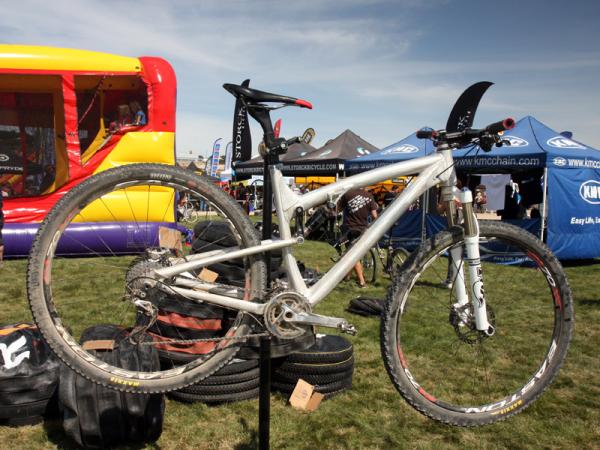
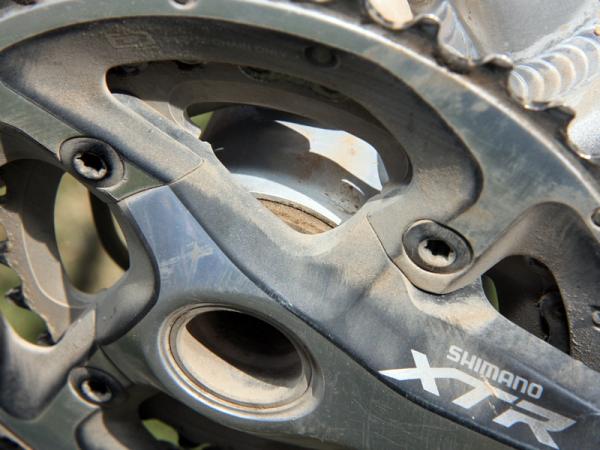
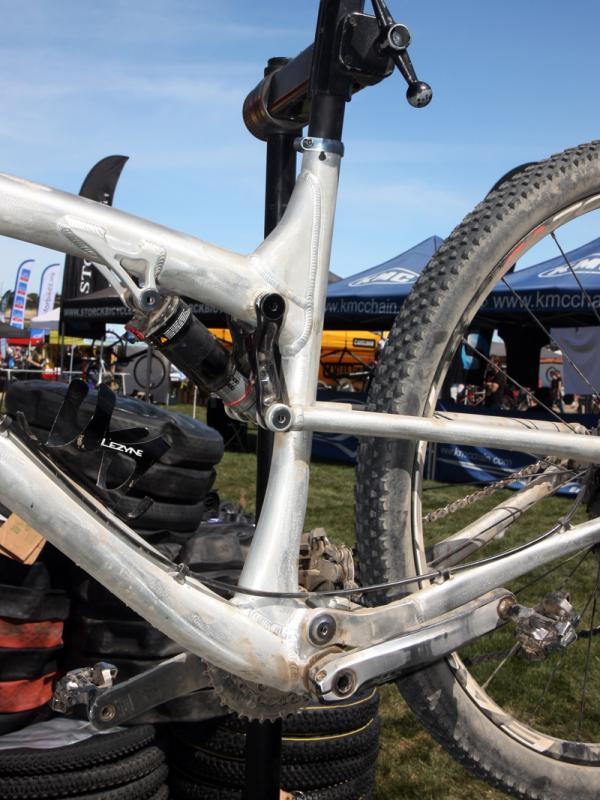
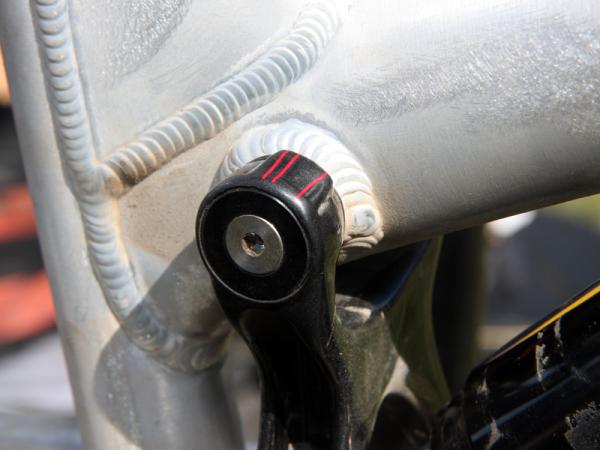
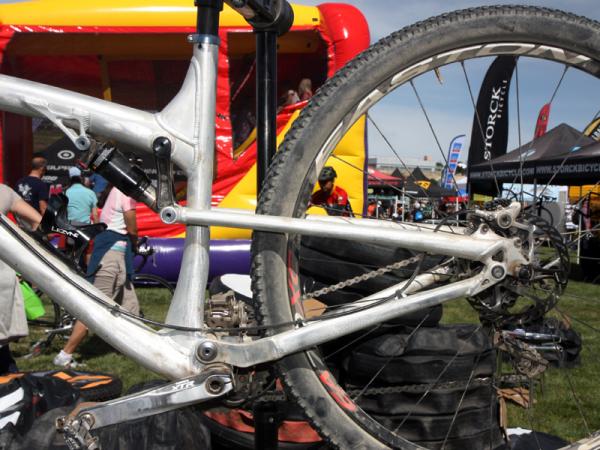
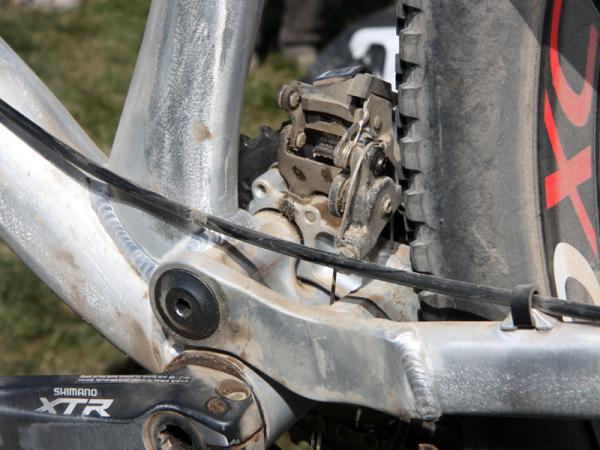
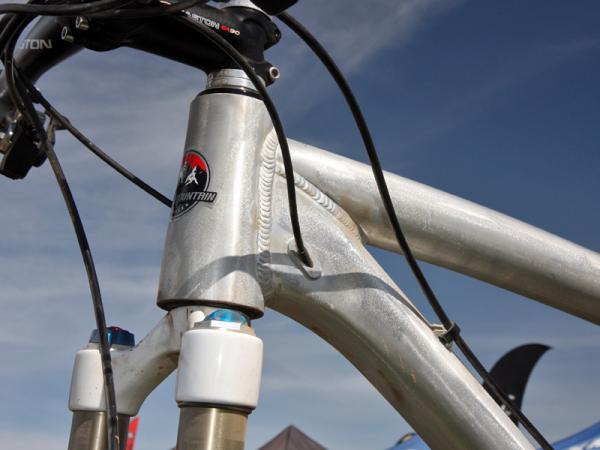
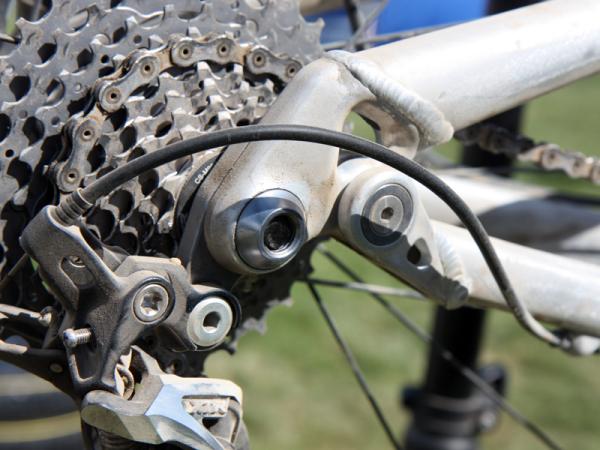
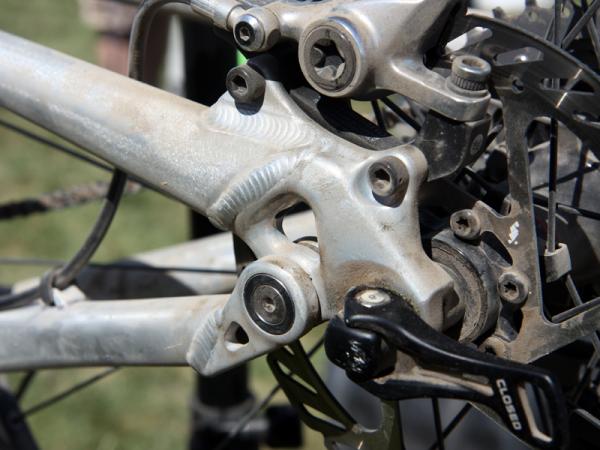
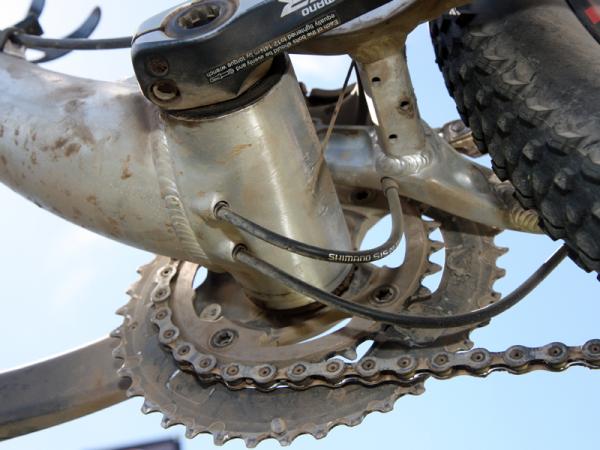
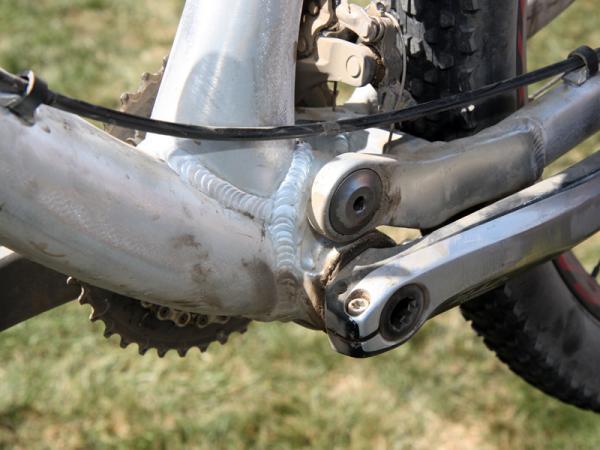
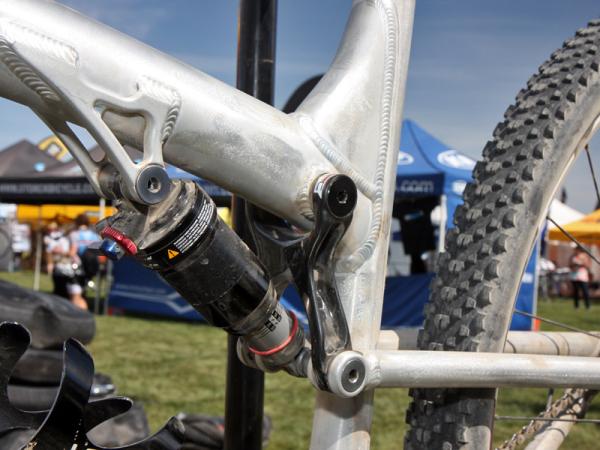
Rocky Mountain's aluminum full-suspension 29" cross-country bike was still officially in prototype form at this year's Sea Otter Classic but come this fall, it'll officially be offered as the 2012 Element 29.
Sea Otter 2011: New CrankBros Mallet and 5050 pedals
Sea Otter 2011: Pivot Cycles testing the waters with new 4X frame
Sea Otter 2011: New BMC Trailfox TF01 and 29er
Sea Otter 2011: Cannondale's new Scalpel 29
Sea Otter 2011: FSA and BH's new 386 Evo bottom bracket standard
Sea Otter 2011: Acros A-GE hydraulic shifters
Sea Otter 2011: Santa Cruz Blur XC
Sea Otter 2011: FSA showcases new products
Sea Otter 2011: Redline's disc-ready Conquest Carbon
Sea Otter 2011: Norco's new full-suspension Sight
Sea Otter 2011: Ellsworth's new 180mm-travel prototype
Sea Otter 2011: DT Swiss dives into 29er market
Sea Otter 2011: Storck revamps mountain bike range for 2012
Sea Otter 2011: Ritchey 29" and WTB tubeless-ready tires
Sea Otter 2011: New lights from Light&Motion, Exposure, Topeak
As we're noticing increasingly often on newer chassis, Rocky Mountain has placed a strong emphasis on frame stiffness for the Element 29. The broad, squared-off down tube takes up nearly the entire height of the tapered head tube up front and then terminates down below at the extra-wide, Shimano-standard, press-fit bottom bracket shell. That wider shell lets Rocky Mountain push the main pivot bearings further apart, too.
A swingarm-mounted front derailleur tracks the chain throughout the travel range for better shift performance but also loosen design constraints for the heavily sculpted seat tube, which is flared down below for additional drivetrain rigidity and offset forward at the bottom bracket to help tuck in the rear wheel.

The direct-mount front derailleur gave Rocky Mountain's frame designers more freedom in shaping the seat tube. Photo: James Huang
Even the top tube is notably large in diameter to keep torsional flex at bay for more precise handling while the forged rear dropouts are set up around a 142x12mm RockShox Maxle thru-axle skewer to more solidly tie the stays together.
100mm of rear wheel travel comes courtesy of Rocky Mountain's proven SmoothLink four-bar suspension design, a carbon fiber upper link, conventional cartridge bearings at the main pivot, and the company's slick lightweight angular contact bushings elsewhere - all controlled by a RockShox Monarch rear shock.
Front and rear derailleur cables are routed through the down tube for a cleaner look and better protection from contamination but factory team rider Andreas Hestler tells us the layout will be further refined by the time we see production versions later this year. Though the prototype was shown in raw brushed aluminum, Hestler says each of the three complete bikes to be offered will ultimately be covered in glossy paint.
Get The Leadout Newsletter
The latest race content, interviews, features, reviews and expert buying guides, direct to your inbox!

Rocky Mountain still refer to this bike as a prototype but the hydroformed tubing and carbon fiber upper link suggest it's closer to a pre-production machine since all of the major tooling is clearly already completed. Photo: James Huang
This article originally appeared on BikeRadar.